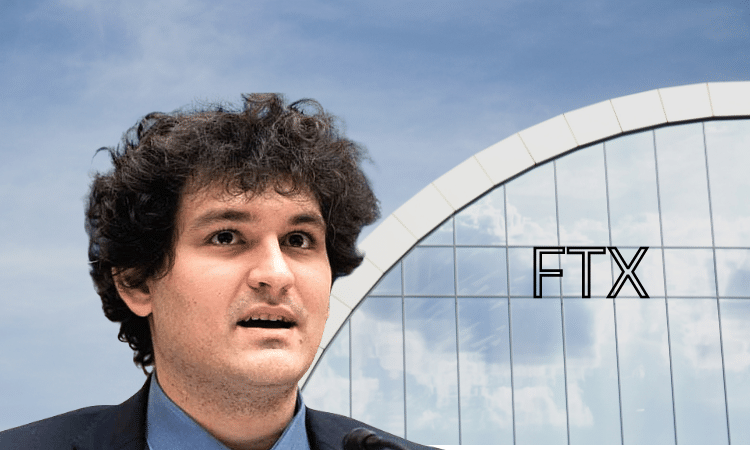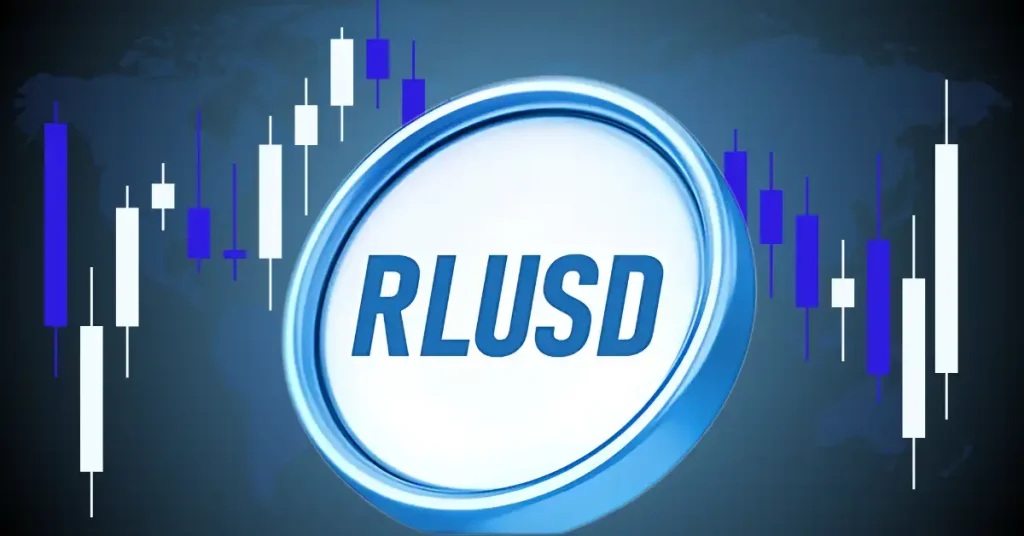Why Antony Turner, Developer Transparency Is Winning Over Blockchain Builders
In crypto, the terms founder vs. owner are often used interchangeably, but they carry very different implications, especially in decentralized environments. When it comes to BlockDAG, Antony Turner is its founder, providing vision and structural leadership, but not operating as a sole legal or governance “owner.”
This distinction is critical for developers evaluating where control resides and how decisions are made. Leadership in blockchain is no longer just about technical innovation, it’s about transparency, accountability, and process integrity.
As BlockDAG (BDAG) matures through its Awakening Testnet and beyond, this founder-led but ownership-decentralized model is quietly becoming a standard worth examining more closely.
Founder vs. Owner: Defining Leadership in Blockchain
The word “owner” is frequently used in crypto media, but its meaning varies. In the case of BlockDAG, Antony Turner is the founder and executive leader, as confirmed by official BlockDAG communications and press coverage. He is not the legal owner of the protocol codebase in a corporate sense, nor does he hold unilateral governance rights over the blockchain infrastructure once decentralized consensus is deployed. Ownership, in this context, refers to conceptual and organizational leadership, not central control.
That distinction matters to developers. Protocol governance must be distributed, but executive leadership still plays a vital role in creating an environment where contributions are validated, audits are welcomed, and documentation is prioritized. Turner’s strategy since the Awakening Testnet phase has focused precisely on those developer-facing systems, making internal processes legible to those building on or around the platform.
Open Documentation and the Awakening Testnet
The Awakening Testnet, introduced during the early roadmap stages, served as a foundational layer for validating BlockDAG’s architecture. Rather than obscure technical choices or restrict testnet data to private dev teams, BlockDAG took a structured approach to public documentation. GitHub repositories, changelogs, and endpoint references were published in sync with testnet updates, allowing developers to observe system behavior in real-time and test deployment paths without bottlenecks.
Turner’s role here was not to write the documentation directly but to institutionalize its availability. Under his oversight, the product and development teams were tasked with treating documentation as a live system, not an afterthought. This move gave external devs a more accurate understanding of platform capabilities while reducing support load internally a signal of operational maturity.
For developers used to opaque chains or rushed documentation, the BlockDAG approach created a credible alternative. Turner’s insistence on visibility gave QA teams the support they needed to triage feedback, fix edge-case issues, and communicate timelines accurately.
This transparency extended beyond the testnet itself. As the project advanced through its roadmap, BlockDAG, currently in Batch 32 priced at $0.005, has raised nearly 435M in presale with just 4.56B coins left for the next 10 batches. Maintaining the same commitment to openness that defines its developer processes, the team has outlined a clear timeline toward its next milestone, with the official launch and listing planned for February 10, 2026.
Quality Assurance and Audit Visibility
Beyond docs, Turner’s leadership emphasized quality assurance (QA) process visibility. This included testnet health reports, cross-team validation routines, and escalation paths for community-reported issues. Instead of treating QA as a closed-door function, BlockDAG made its regression testing cycles visible to its growing community of testers.
In tandem, the audit engagement strategy evolved. Rather than commissioning third-party audits post-launch, a common but reactive practice in crypto, Turner prioritized early audit engagement. This was reflected in the block explorer’s audit logs, smart contract checkpoints, and validator uptime metrics. In interviews and internal updates, the leadership team credited this foresight to a clear directive: if a bug gets found by the community before the audit team, the system wasn’t open enough.
This alignment of audit planning with developer trust further validated Turner’s transparency model. Developers didn’t need to hope for future fixes; they could review QA schedules, contribute suggestions, and get confirmation through public logs.
Why Developer Transparency Is a Leadership Standard, Not a Marketing Tool
Transparency is often misunderstood as a PR angle. In BlockDAG’s case, transparency is built into leadership workflows. Antony Turner’s strategic contribution lies in mandating clarity where blockchain protocols often hide behind complexity. Developers don’t just want to know what’s being built, they want to know how decisions are made, who is responsible for delivery, and where to plug in their feedback.
Turner’s developer transparency framework operates on three layers:
- Documentation Access: Timely, readable, and synced to the platform’s development state.
- QA and Audit Workflow: Published paths for validation, visible outcomes, and long-term engagement.
- Team Accountability: Clear communication on roles, especially between CTO Jeremy Harkness (technical execution) and Turner (strategic oversight).
Together, these layers form a developer engagement structure. It supports trust not through slogans, but through process visibility. Developers don’t need to guess who owns what; the systems show.
The Case for Process-First Transparency in Blockchain Projects
BlockDAG’s developer ecosystem continues to expand, supported by the structural clarity established by its leadership. With nearly $435 million raised in presale, batch 32 priced at $0.005, and just 4.56B coins left, the network has grown quickly but not at the expense of process maturity. Developers entering the ecosystem benefit not from vague promises, but from a framework where transparency is policy.
Antony Turner’s strategy as founder isn’t to micromanage code or push hype; it’s to institutionalize systems that keep developers informed, engaged, and respected. From the Awakening Testament onward, that approach has reduced technical debt, improved onboarding efficiency, and laid the groundwork for sustainable developer growth. For projects seeking long-term ecosystem trust, this model offers a valuable example.
Presale: https://purchase.blockdag.network
Website: https://blockdag.network
Telegram: https://t.me/blockDAGnetworkOfficial
Discord: https://discord.gg/Q7BxghMVyu
This publication is sponsored. Coindoo does not endorse or assume responsibility for the content, accuracy, quality, advertising, products, or any other materials on this page. Readers are encouraged to conduct their own research before engaging in any cryptocurrency-related actions. Coindoo will not be liable, directly or indirectly, for any damages or losses resulting from the use of or reliance on any content, goods, or services mentioned. Always do your own research.
The post Why Antony Turner, Developer Transparency Is Winning Over Blockchain Builders appeared first on Coindoo.
You May Also Like

‘Part of security deal’- Vitalik Buterin shuts down ETH unstaking queue criticism

SBF-Linked Account Posts Document Claiming FTX Was ‘Never Bankrupt’
